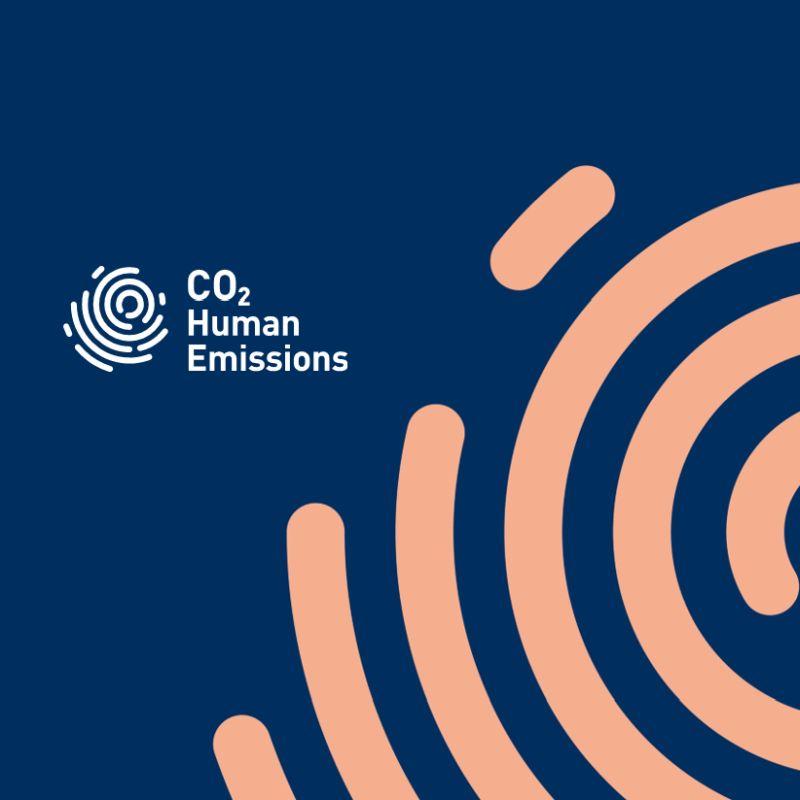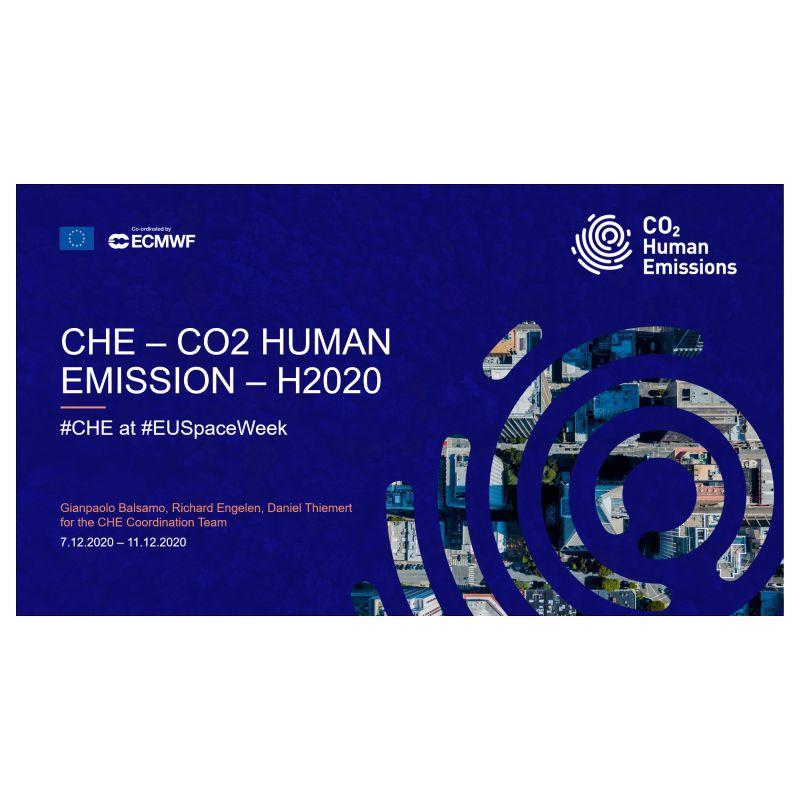The CHE Project partners supporting the prototyping of a first CO2 Monitoring and Verification Support (MVS) system have met at ECMWF on the 25th-26th of September for a fruitful set of discussions that benefitted from nearly 2 years of developments within the project. The 2-day workshop gathered around 30 scientists from the CHE consortium and ECMWF and covered the 4 main building blocks of the MVS prototype: the global observing system, the modelling chain, the assimilation methodologies, and the uncertainty representation.
A set of priorities was discussed to define a first configuration of the CO2 MVS prototype system that will preliminary run by 2021. The three spatial scales considered (Global, Regional, and Hotspots detection) will have different setup and observation/modelling possibilities. A multi scale data assimilation methodology will aim at ensuring consistency across scales, and the global scale system will serve the regional and local modelling efforts providing timely boundary conditions and global ensemble capabilities.
For this purpose, an early warning system at global scale will be set up to support the satellite observations monitoring, the regional/local systems and to highlight areas of attention for CO2 emissions detected with the available near-real-time observations. A separate delay-mode reanalysis with best quality observations and ancillary information will provide the support for the Global Stocktake starting in 2023 (that will focus on the year 2021) as set by the Paris Agreement.
The use of existing Carbon Cycle and Fossil Fuel Data Assimilation Systems will serve as design tool to allow investigating optimality of assimilation windows and impact of observation availability, both for the present observing systems as well as for the future CO2 mission, foreseen to join the Copernicus Sentinels fleet by 2026.





